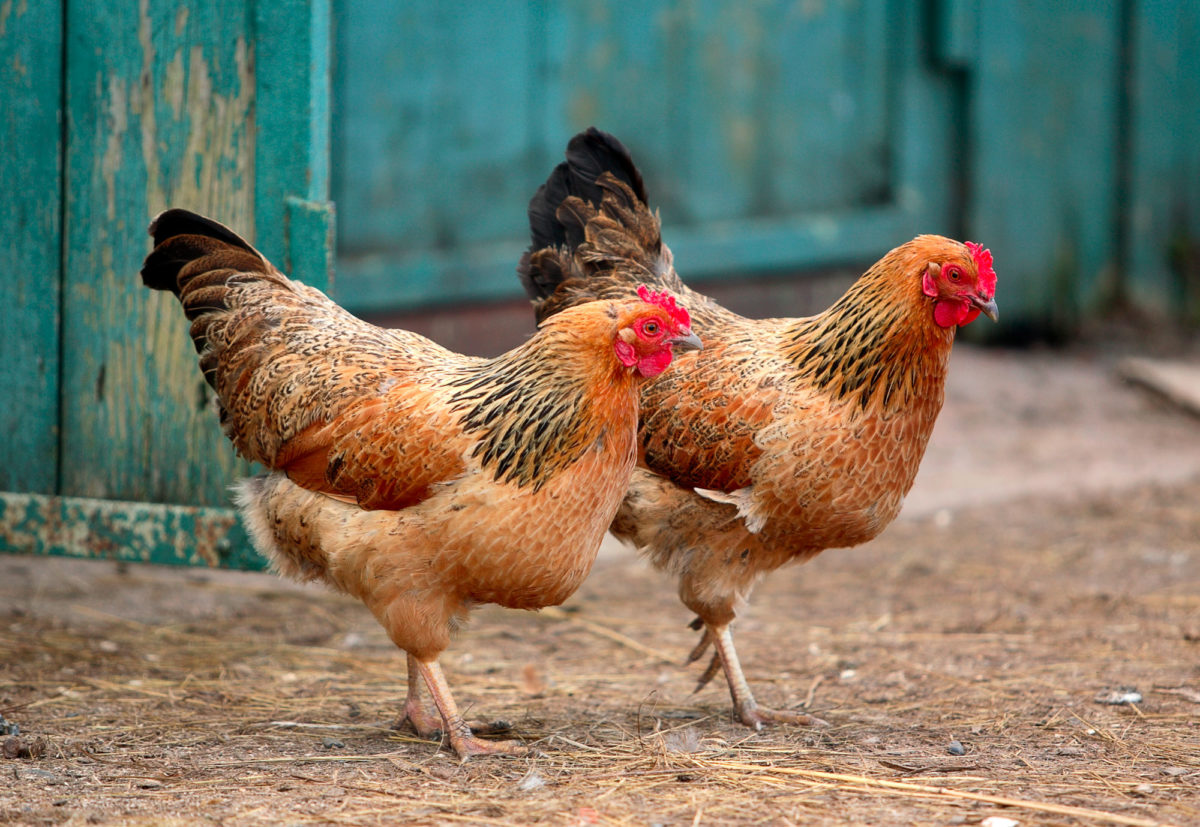Overnight, the World Health Organization hosted a webinar on the public health risk of avian influenza (H5N1) recently detected in dairy cattle in the US.
H5N1 has decimated wild birds and poultry populations worldwide, and spilled over into a number of mammal species.
Scientists believe the virus might be passing from cow to cow in US dairy farms, and one case of a human contracting the disease after contact with infected cattle has been confirmed.
H5N1 has not yet been detected in New Zealand, Australia or the Pacific Islands.
The Science Media Centre has previously gathered comments on the global spread of H5N1, and its arrival in mainland Antarctica.
US-based New Zealand infectious diseases researcher Professor Richard Webby was a panelist for the webinar.
- Professor Richard Webby, St Jude Children’s Research Hospital, Memphis, Tennessee, USA, comments:
“The WHO held an EPI-WIN meeting on Monday Geneva time. The purpose was to provide a general update on the situation and provide some details on WHO activities specifically as it relates to this event and the threat from influenza viruses in general. Updates were given from the epidemiology and also food safety aspects with an active Q&A session following.
“The WHO, and also US CDC, consider the virus to pose a low risk to human health. The infection of cows does, however, increase the exposure of humans to the virus and also provides an opportunity for the virus to evolve through replication in a mammal host. Only one confirmed human case has been detected with the cow infections. The individual worked on a dairy farm and showed symptoms of conjunctivitis.
“The message was also reassuring in regard to food safety with pasteurization successful in limiting virus in consumer milk and milk products despite genetic material of the virus (but not infectious virus) being found in 20-40% of supermarket milk samples in the US. There are large amounts of infectious virus in the milk of heavily infected cows and the finding of remnants of the virus in pasteurized products isn’t too surprising.
“WHO reiterated the activities it has been doing in response to the outbreak including assessment of readiness in terms of candidate vaccine viruses. There are two candidate vaccine viruses, the viruses that manufacturers use in conventional flu vaccine manufacture, that are well matched to the bovine viruses. The WHO members also reiterated the fact that although much focus is currently on cows in the US, the threat of these avian flu viruses is wider.
“From a New Zealand perspective, the larger threat of the H5 virus getting to its shores is through migrating birds, either from Antarctica up or from the North down. The risk to cows in New Zealand right now is very very low. If the virus did ever turn up in New Zealand cows, there is a lot to learn from the US experiences. Having a unified response across sectors (human, environmental, and animal health) is critical as is the honest flow of information. The virus can likely be slowed in its spread, but this requires testing and limiting of animal movement across the country.”
Conflict of interest: The work we do is primarily funded by the US NIH. I am also the Director of a WHO Collaborating Center and involved in the selection of vaccine viruses against zoonotic flu threats.
Source: Science Media Centre












